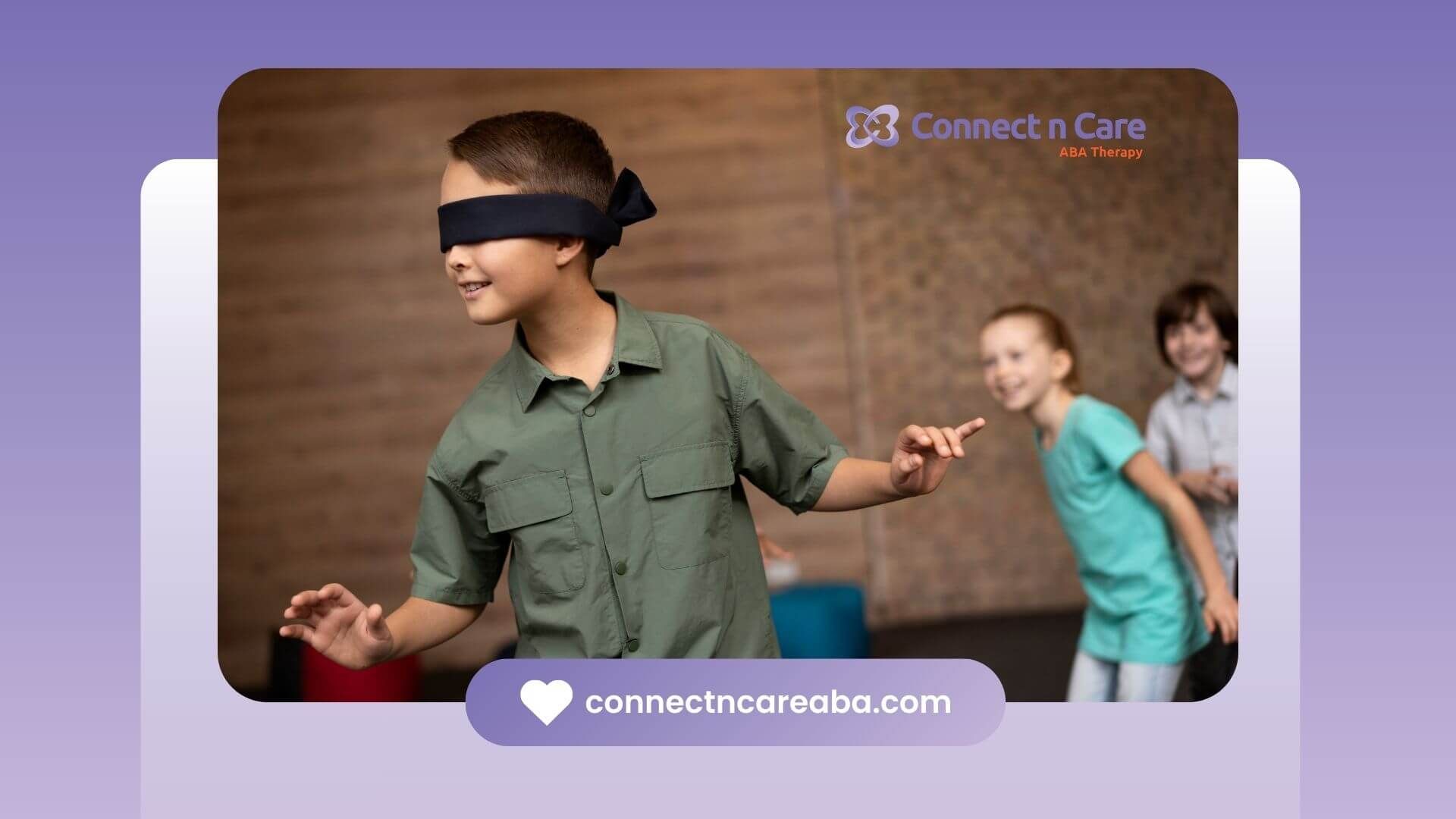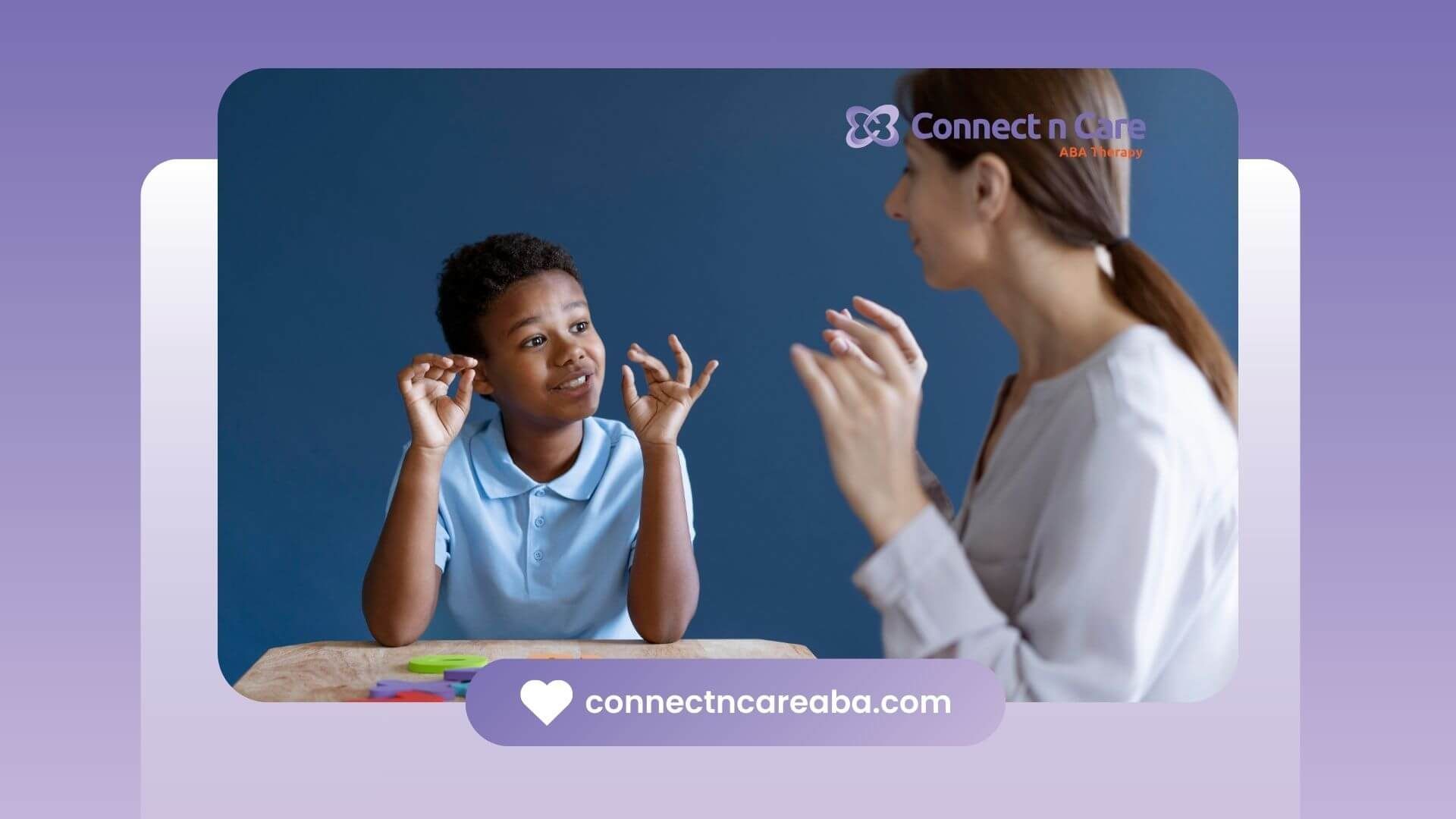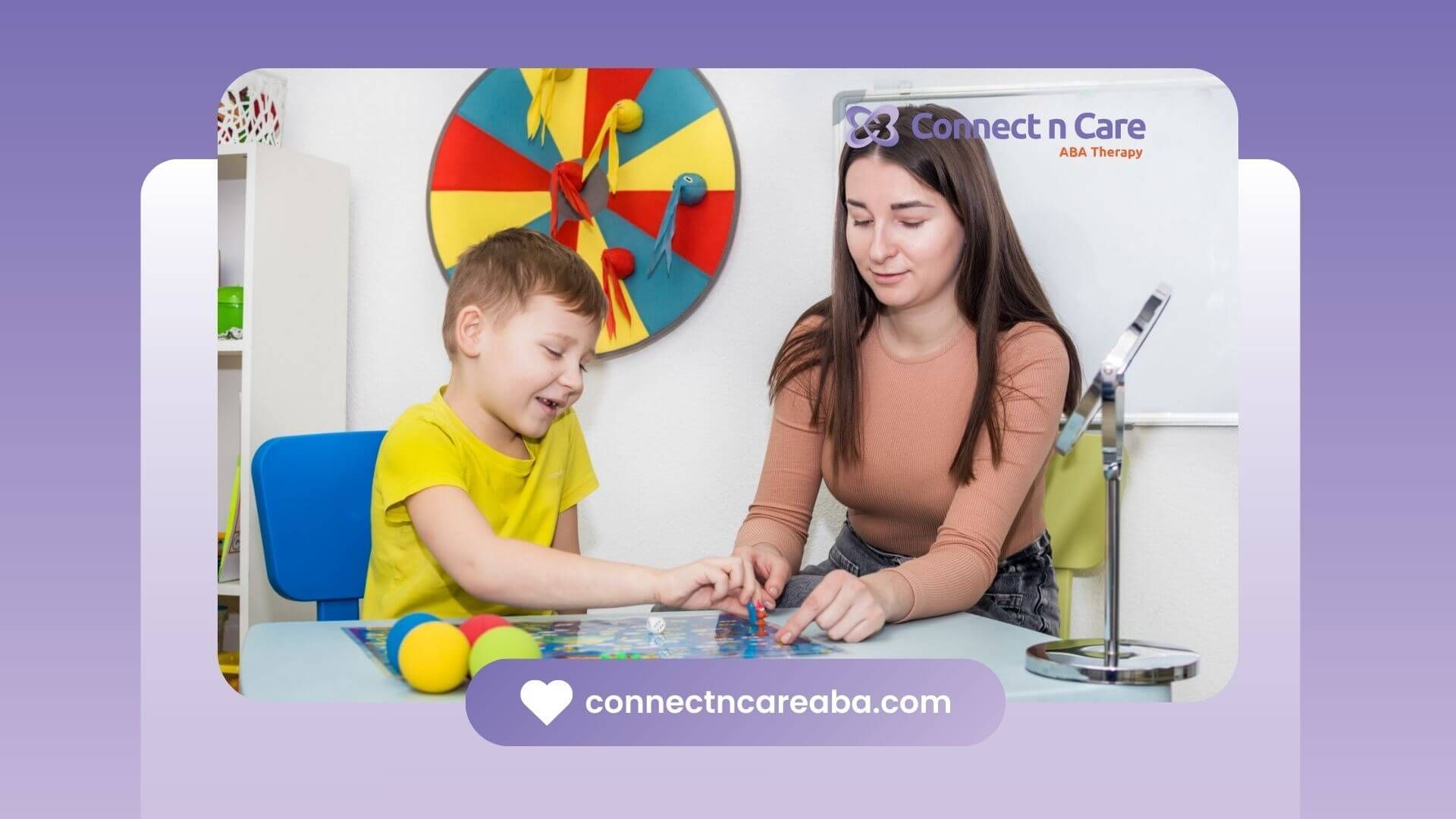Key Highlights
- Nonverbal autism refers to autistic individuals who do not use spoken language but may communicate through gestures, images, or technology.
- Early intervention and tailored therapies, such as speech therapy and ABA, can significantly enhance communication skills and improve long-term outcomes.
- Genetic mutations, neurodevelopmental disorders, and environmental factors influence whether non-verbal autism is lifelong or temporary.
- Alternative communication options, including AAC tools like picture exchange communication systems and sign language, empower nonverbal individuals.
- Some children with nonverbal autism eventually develop speech, while others thrive using alternative communication methods.
- Ongoing autism research continues to reveal strategies that increase communication abilities and offer hope to families.
Hearing “nonverbal autism” in your child’s diagnosis can bring a mix of fear and hope. While some individuals remain nonspeaking for life, others gain verbal skills—sometimes years later.
I once worked with Lucas, a boy who hadn’t spoken at all by age five. With AAC support in our home-based ABA therapy sessions, he learned to request his favorite snack. By age eight, he was saying short sentences like “I want pretzels.” His journey shows progress can come in many forms.
Understanding Nonverbal Autism
What Does “Nonverbal” Really Mean?
Nonverbal autism is a part of the autism spectrum where someone communicates with few or no spoken words. This doesn’t mean they aren’t communicating—it means they use other tools: gestures, facial expressions, sign language, or assistive technology.
In my years as an ABA therapist, I’ve worked with children who said only one or two words when we met. One boy, Mateo, used a speech-generating device to tell me “train” the first week. By year’s end, he could say “blue train please,” showing how targeted support can unlock hidden potential.
According to the Centers for Disease Control and Prevention (CDC), about 25–30% of autistic individuals remain minimally verbal into adulthood. However, the rest often develop some speech or find effective alternative communication methods.
How Nonverbal Autism Differs from Other Autism Presentations
Communication Differences
While all autistic individuals may have unique ways of communicating, nonverbal autism is defined by very limited verbal speech. Someone with verbal autism might speak in full sentences but still face social or pragmatic language challenges.
In contrast, a child with nonverbal autism might rely entirely on picture cards or a speech app. According to speech-language pathologist Dr. Temple Grandin, “Speech is only one form of communication. For many, typing or pictures work just as well” (Grandin, 2019).
Causes and Contributing Factors
Genetic and Neurological Influences
Research links nonverbal autism to certain genetic variations—like those seen in fragile X syndrome—and differences in brain connectivity. MRI scans show that many nonspeaking autistic children process language in different brain regions than neurotypical children (Kuhl, 2020).
In therapy, I’ve noticed that even children who don’t speak may understand far more than they can express. One girl I worked with in clinic-based ABA, Amira, could follow multi-step directions long before she said her first word.
Environmental and Developmental Factors
Premature birth, low birth weight, or limited early social interaction can also influence speech development. These factors can affect brain development and make language acquisition more challenging.
Diagnosis and Prognosis
How Nonverbal Autism Is Identified
Diagnosis involves looking at a child’s behavior, developmental history, and communication patterns. Common tools include the Autism Diagnostic Observation Schedule (ADOS) and Autism Diagnostic Interview (ADI).
Specialists also evaluate whether a child uses gestures, makes eye contact, and responds to social cues. Early identification matters—a 2018 NIH study found that children who started therapy before age 3 were twice as likely to develop functional speech compared to those who began later.
Signs That Speech May Remain Limited
Indicators include a lack of vocal imitation, minimal gesture use, and limited progress even after targeted interventions. Still, these are not guarantees—progress can happen unexpectedly.
Is Nonverbal Autism Permanent?
Why There’s No Single Answer
For some, nonverbal autism is lifelong. Others acquire speech later—sometimes in adolescence. Every outcome depends on the individual’s neurology, environment, and support.
According to Dr. Stephen Camarata, a professor of hearing and speech sciences at Vanderbilt University, “We should never assume speech won’t happen. But we must prepare for and embrace all forms of communication.”
In my own work, I’ve seen a child go from no speech at age six to speaking short phrases at age nine. It took years of therapy, patience, and celebrating each small step.
Therapies and Strategies That Make a Difference
Augmentative and Alternative Communication (AAC)
AAC tools—like the Picture Exchange Communication System (PECS), iPad-based speech apps, and sign language—give nonspeaking children a voice. Studies show AAC use can actually encourage speech in some children (Romski et al., 2010).
Speech and Language Therapy
Speech therapy works on strengthening oral motor skills, expanding vocabulary, and teaching functional communication. Sessions might use play-based prompts, music, or visual supports.
Behavioral Approaches
Applied Behavior Analysis (ABA) focuses on reinforcing communication attempts, whether spoken or not. For instance, when a child signs “drink” instead of crying, they immediately get water—linking communication to positive outcomes.
Conclusion
Nonverbal autism doesn’t have a one-size-fits-all outcome. Some people will speak eventually, others will not—but every individual can learn to communicate in meaningful ways.
Families should focus on early, individualized intervention, celebrate every form of communication, and remember that speech is only one piece of the puzzle.
Looking for personalized support for your child?
At Connect n Care ABA, we specialize in ABA therapy services in North Carolina and Virginia—offering in-home therapy, school-based ABA programs, and clinic-based sessions. Our team is passionate about helping every child find their voice, whether through speech, AAC, or other communication tools.
Call us today to schedule a consultation—and take the first step toward building your child’s communication future.
Frequently Asked Questions
Is it possible for some children with non-verbal autism to eventually develop spoken language?
Yes, some kids with non-verbal autism can start to use spoken language as time goes on. Early intervention can help. It is also important to look at what each child is good at and get the right therapy. These things can make a big difference in how well they can talk and share their thoughts, but each child will be different in how fast or how much they improve their communication abilities.
Which factors most influence whether non-verbal autism will be lifelong?
Several things can affect if non-verbal autism stays for life. Genes often be part of it. The way the brain grows also matters. Early intervention and early intervention strategies can help a lot. They may give people a better chance to talk or share feelings. Not everyone responds the same to therapy, though. How much support someone gets from their people, their surroundings, also changes things. These help decide how well each person with autism says things or talks over time.
What communication options exist besides speech for non-verbal autistic people?
Non-verbal autistic individuals can use different ways to talk or share ideas. Some of these are sign language, picture exchange communication systems (PECS), other alternative communication devices, and writing. These tools help them say what they want and talk with people. This makes it easier for autistic individuals to connect with others, even if verbal communication is hard for them.
Sources:
- https://pubmed.ncbi.nlm.nih.gov/40483526/
- https://www.nm.org/healthbeat/healthy-tips/nonverbal-autism-what-it-means
- https://www.healthline.com/health/autism/nonverbal-autism
- https://www.autismspeaks.org/expert-opinion/seven-ways-help-your-child-nonverbal-autism-speak
- https://pmc.ncbi.nlm.nih.gov/articles/PMC7377965/
- https://www.autism.org.uk/advice-and-guidance/topics/about-autism/autism-and-communication









